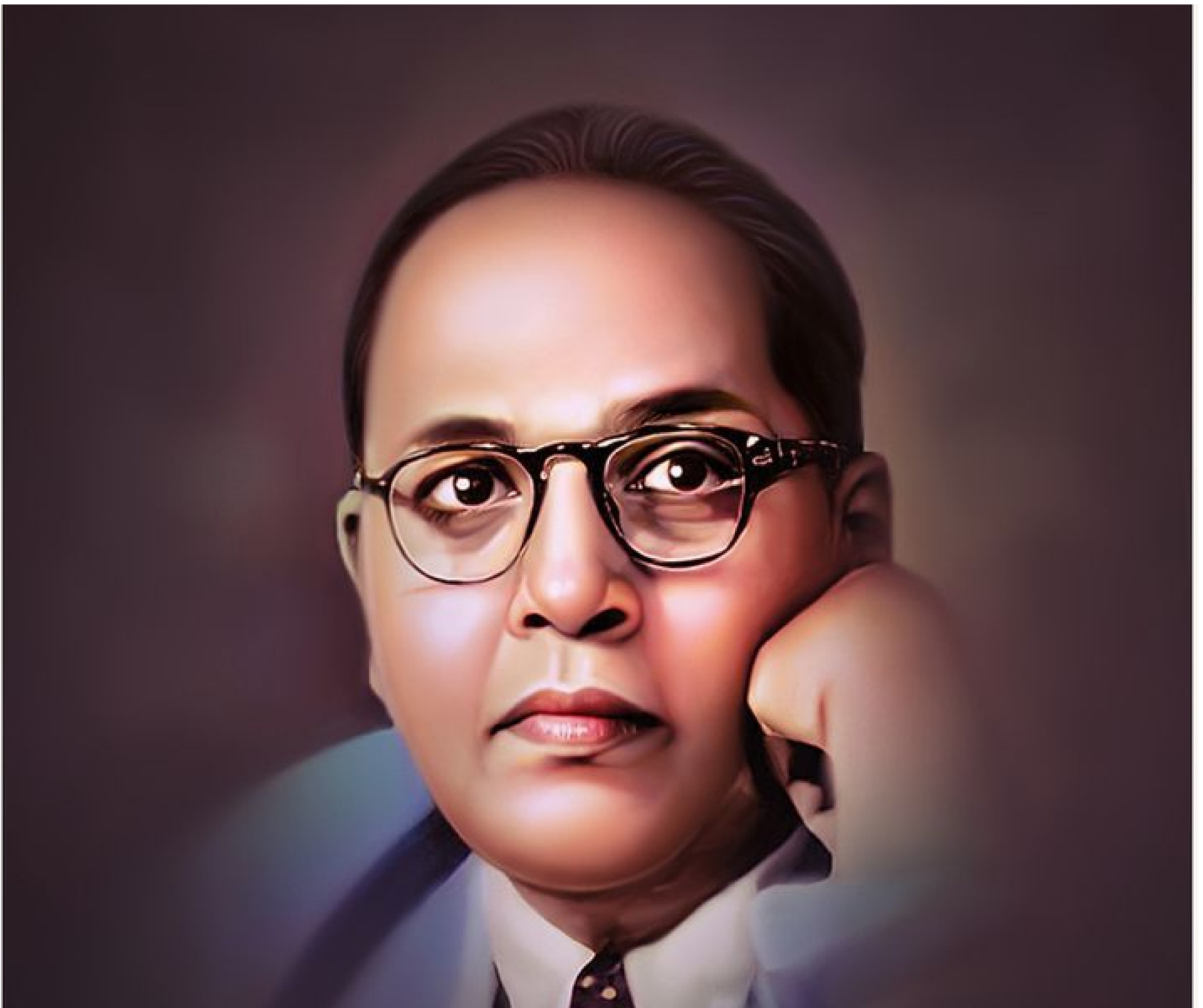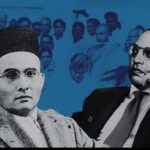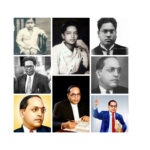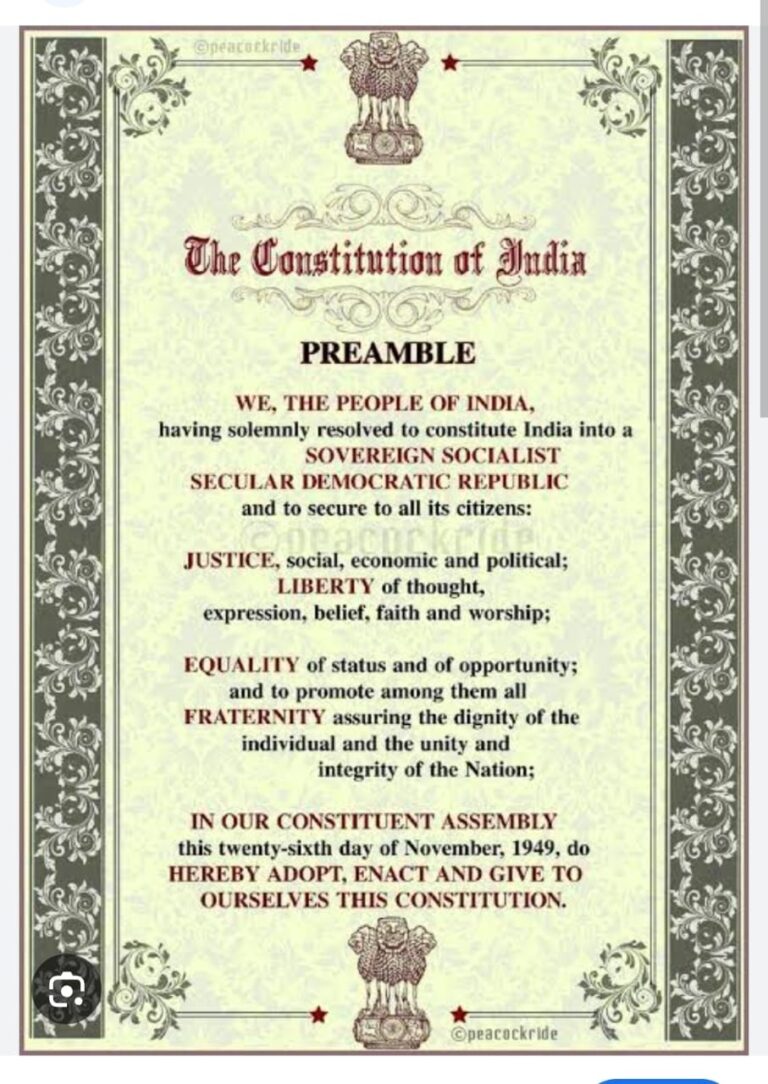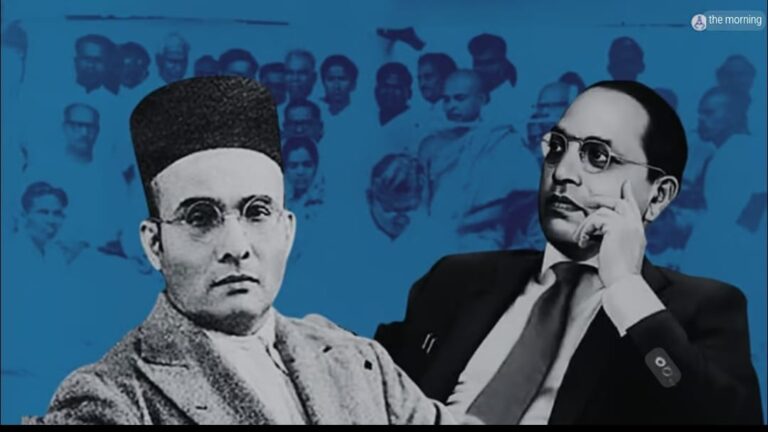Who Was Dr. B.R. Ambedkar?
Dr. Bhimrao Ramji Ambedkar, popularly known as Babasaheb Ambedkar, was one of India’s greatest social reformers, jurists, economists, and the chief architect of the Indian Constitution. Born on April 14, 1891, in a Dalit (Mahar) family in Mhow, Madhya Pradesh, he faced severe caste discrimination from childhood. Despite these challenges, he became the first Dalit to earn a doctorate from Columbia University and later played a pivotal role in shaping modern India.
This Dr. B. R. Ambedkar essay in English explores his life, contributions, and enduring legacy. Whether you’re a student looking for an essay for school or someone interested in India’s social and political history, this article provides a well-researched, easy-to-understand overview of Ambedkar’s impact on India.
Early Life and Struggles
Childhood and Education
Ambedkar was born into an untouchable caste, which meant he faced extreme social exclusion. Despite this:
- He excelled in school but was forced to sit separately from upper-caste students.
- He became the first Dalit to graduate from Elphinstone College, Bombay.
- With the support of the Maharaja of Baroda, he pursued higher studies abroad.
Higher Studies Abroad
Ambedkar earned:
- A Master’s degree and a PhD in Economics from Columbia University (USA).
- A DSc from the London School of Economics.
- A law degree from Gray’s Inn, London, making him one of the most educated Indians of his time.
Key Takeaway: Despite facing caste-based humiliation, Ambedkar never gave up on education, proving that knowledge is the ultimate weapon against oppression.
Ambedkar’s Fight Against Caste Discrimination
Ambedkar dedicated his life to ending caste oppression and uplifting Dalits (Scheduled Castes). His major contributions include:
1. Leading Social Movements
- Mahad Satyagraha (1927): A movement for Dalits to access public water tanks.
- Kalaram Temple Entry Movement (1930): A protest for Dalits to enter Hindu temples.
2. Founding the Bahishkrit Hitakarini Sabha (1924)
An organization to promote education and social rights for Dalits.
3. Writing Powerful Books
- “Annihilation of Caste” (1936): A radical critique of the caste system.
- “The Problem of the Rupee” (1923): His doctoral thesis on India’s economy.
Architect of the Indian Constitution
Ambedkar’s greatest contribution was serving as the Chairman of the Drafting Committee of the Indian Constitution (1947-1950). His vision ensured:
1. Fundamental Rights (Article 12-35)
- Right to Equality (Article 14-18): No discrimination based on caste, religion, or gender.
- Right against Exploitation (Article 23-24): Ban on forced labor and child labor.
2. Reservation System (Affirmative Action)
- Article 15 & 16: Allow reservations for SCs, STs, and OBCs in education and jobs.
- Article 17: Abolished untouchability and made it a punishable offense.
3. Women’s Rights
- Hindu Code Bill: Advocated for gender equality in inheritance and marriage laws.
Key Takeaway: Ambedkar’s Constitution laid the foundation for a democratic, just, and inclusive India.
Ambedkar’s Views on Democracy, Education, and Economy
1. On Democracy
“Democracy is not just a form of government; it is a way of life based on equality.”
- He believed democracy must include social and economic justice, not just political freedom.
2. On Education
“Education is the milk of a tiger. Once you drink it, you will roar for your rights.”
- He established the People’s Education Society (1945) to promote Dalit education.
3. On Economic Equality
- Advocated for land reforms, labor rights, and financial inclusion for the poor.
Why Ambedkar’s Legacy Matters Today
- Social Justice Movements: His ideas inspire Dalit rights activists globally.
- Political Influence: Parties like the BSP and the RPI follow his ideology.
- Global Recognition: The UN celebrates Ambedkar Jayanti (April 14) as Equality Day.
Statistic:
- Over 20 million Dalits have converted to Buddhism since 1956, following Ambedkar’s path.
Conclusion: Ambedkar’s Vision for a Better India
Dr. B.R. Ambedkar was not just a leader for Dalits but a nation-builder who fought for equality, justice, and human dignity. His life teaches us:
- Education is the key to empowerment.
- Social justice requires constant struggle.
- Democracy must include all voices.
As India progresses, Ambedkar’s principles remain more relevant than ever. Whether through his Constitution, writings, or movements, his legacy continues to inspire millions.
Final Thought
“Be educated, be organized, and be agitated.” – This powerful call to action by Ambedkar reminds us that change begins with awareness and unity.
FAQs About Ambedkar Essay in English
Q1. What was Ambedkar’s role in the Indian Constitution?
A1. He was the chief architect who ensured rights for marginalized groups.
Q2. Why did Ambedkar convert to Buddhism?
A2. To reject caste-based Hinduism and embrace equality in Buddhism.
Q3. What are some famous books by Ambedkar?
A3. Annihilation of Caste, The Buddha and His Dhamma, Thoughts on Pakistan, or Partition of India.
